The nova-Institute’s market and trend reports are considered the benchmark reports for their sectors. They have been published and updated for many years and are standard for many brand manufacturers and chemicals and plastics companies. The portfolio of nova-Institute’s market reports covers all relevant topics on renewable carbon. The reports dive deep into feedstocks for the chemical industry from biomass over CO2 to chemical recycling. They provide a comprehensive overview of bio- and CO2-based building blocks and polymers, specific fine chemicals as cannabinoids, as well as comprehensive analyses of bio-based naphtha and the mass balance approach, biodegradability, guidelines, standards and labels for bio-based products. There are reports on technology, policy, key players and the latest market data available.
Visuals and PDF file in English and German available at: www.nova-institute.eu/press/?id=273
The market and trend reports were compiled by nova scientists together with leading international experts and are among the most reliable and recognised sources on the market.
With the allowance code novaSumSpec20 you get a 20 % discount on all 21 market reports available.
All reports are available on www.renewable-carbon.eu/publications.
The offer includes, but is not limited to, the following comprehensive overview reports:
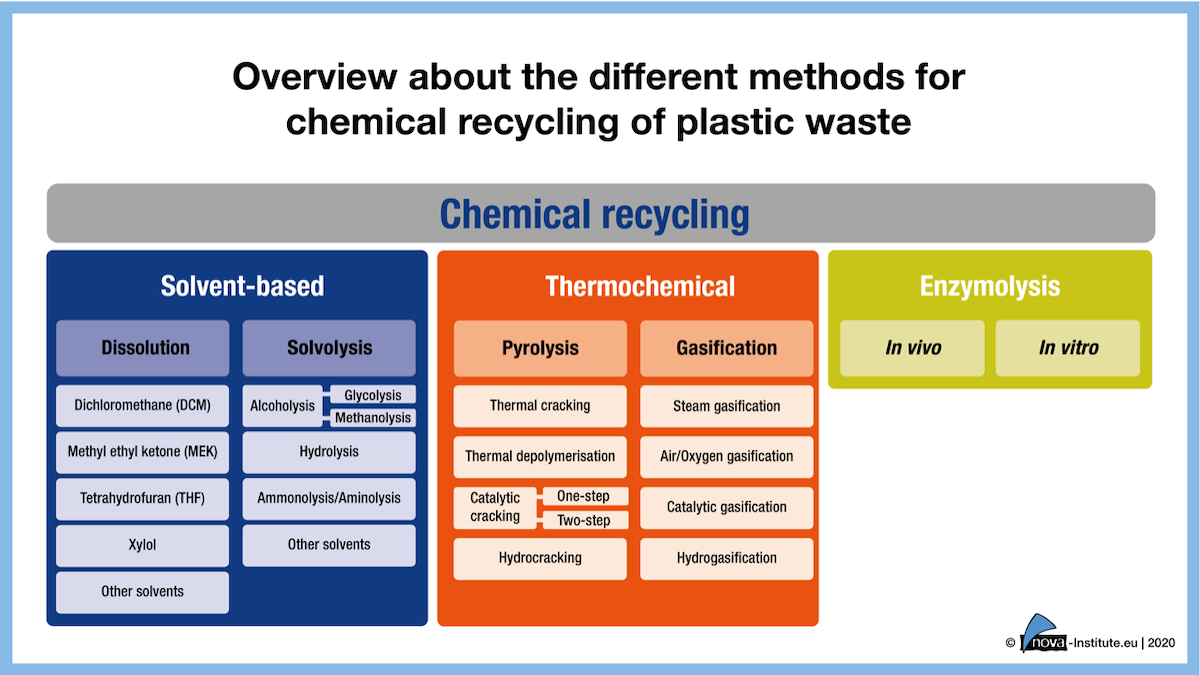
“Chemical Recycling – Status, Trends and Challenges. Technologies, Sustainability, Policy and Key Players”: The report provides deep insights into current developments to assert a position in the current discussion based on clear definitions and categorisations of all technologies. More than 70 companies and research institutes, which developed and are offering chemical recycling technologies, are presented in the report. Each company is listed with its technologies and status, investment and cooperation partners. Additionally, the report provides an overview of waste policy in the European Union. And finally, 10 companies and research institutes were interviewed to receive first-hand information on the topic of chemical recycling.
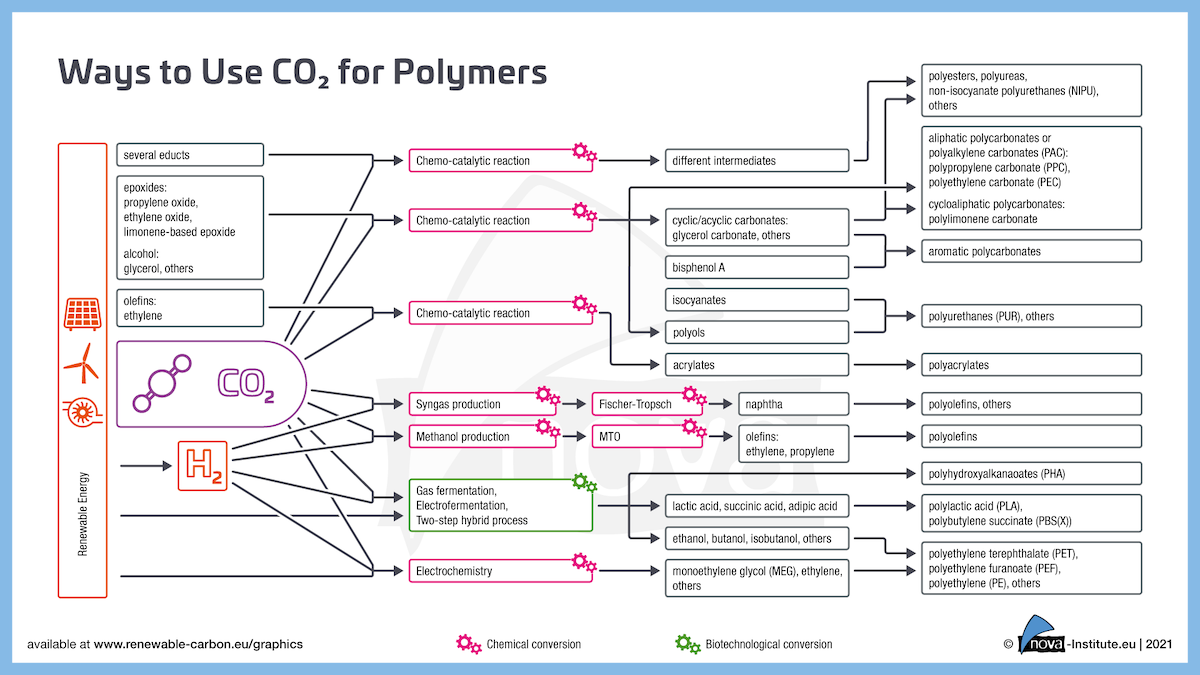
“Carbon Dioxide (CO2) as Chemical Feedstock for Polymers – Technologies, Polymers, Developers and Producers”: The completely revised and extended third version of this unique trend report addresses the polymer industry, brands, technology scouts, investors, and policymakers. The report provides 100 pages of information on CO2 utilisation for chemical building blocks and polymers.
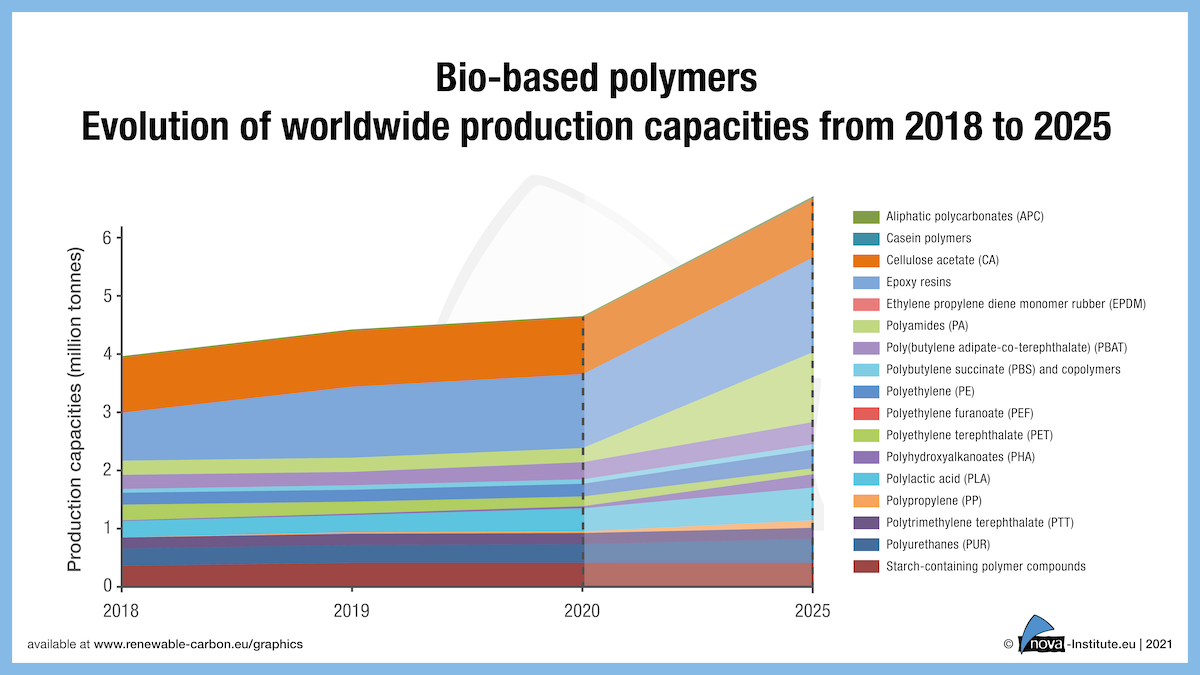
“Bio-based Building Blocks and Polymers – Global Capacities, Production and Trends 2020 – 2025”: The annually updated version of this above 300-page market report provides a deep and comprehensive insight into the dynamic global bio-based building blocks and polymers market in 2020. The year 2020 was a promising year for bio-based polymers: Sold out PLA in 2019 has led to the installation of increased capacities, PE and PP made from bio-based naphtha are breaking ground and future expansion for bio-based polyamides as well as for PBAT, PHAs and casein polymers is on the horizon. Lower production is only observed for bio-based PET.
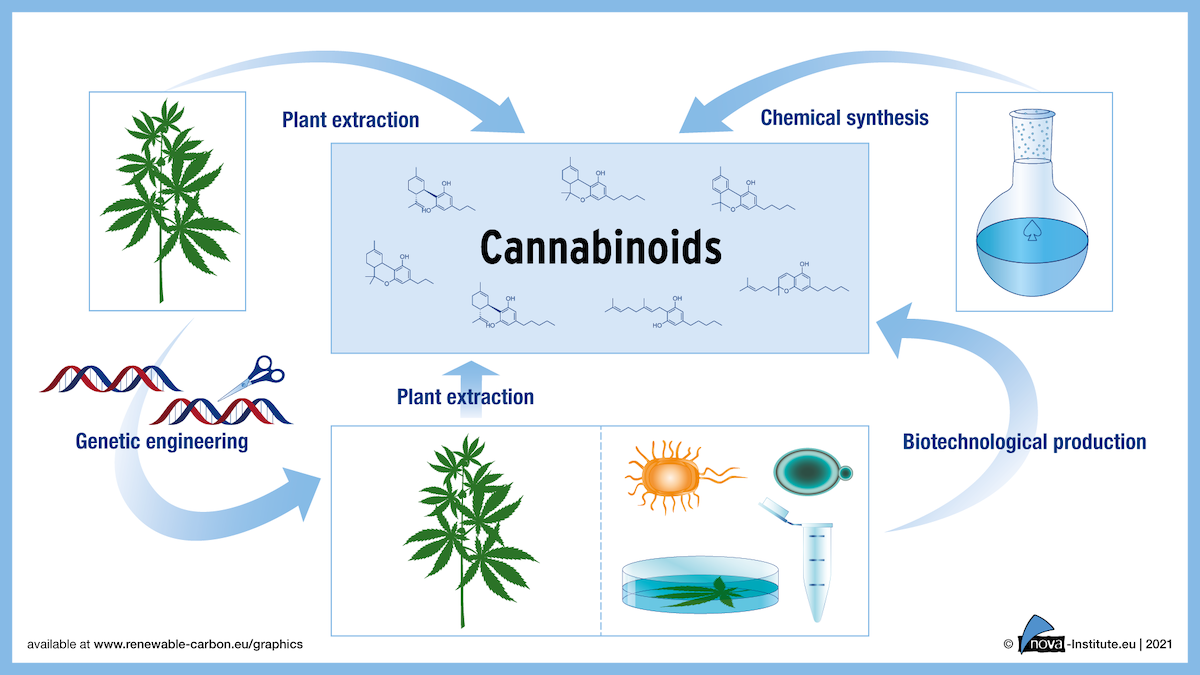
“Production of Cannabinoids via Extraction, Chemical Synthesis and Especially Biotechnology”: This new report is the first one on the market providing all information on production technologies, medical applications and political framework conditions. The report will guide you through the complex synthesis of cannabinoids, state-of-the-art methods for extraction and production and will extensively show the major hidden potential and synergistic effects of biotechnological cannabinoid production. The report is aimed at experts in the pharmaceutical and biotech industry and provides deep insights into (bio)chemical reactions, processes and producers.
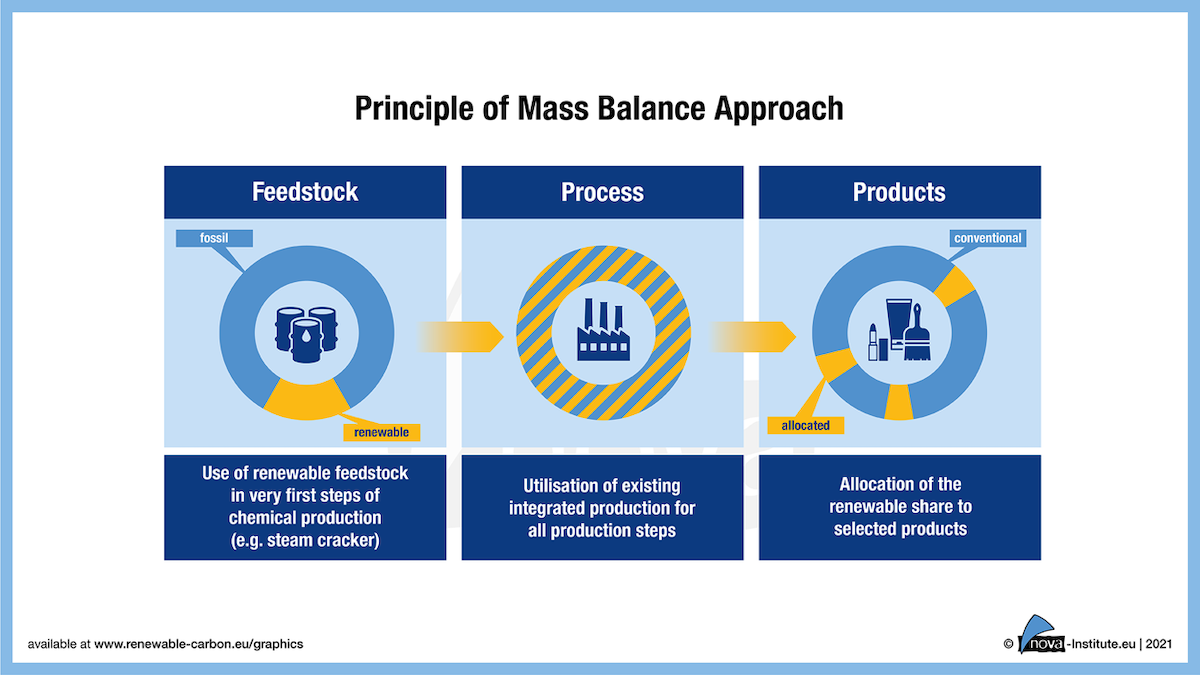
“Bio-based Naphtha and Mass Balance Approach – Status & Outlook, Standards & Certification Schemes”: This new report focuses on alternative, non-fossil naphtha with the first comprehensive overview of technology, producers, plants and users. The report presents 17 companies worldwide with capacities ranging from a few thousand tonnes per year to 3 million tonnes. There are currently plans for 50 new or expanded plants. Additionally, the report provides a detailed insight into the current developments in the mass balance approach. There is a big debate in the industry whether the mass balance approach can be accepted, as renewable carbon cannot be measured to the extent that is indicated (at times not at all) via the radiocarbon method. Several sound and robust certification schemes for mass balancing already exist, both for biomass and recycling. At the same time, an ISO standard for mass balances is being developed and may be published later this year.
The Summer Special starts now and ends on 31 August 2021.
Source
Supplier
Share
Renewable Carbon News – Daily Newsletter
Subscribe to our daily email newsletter – the world's leading newsletter on renewable materials and chemicals










